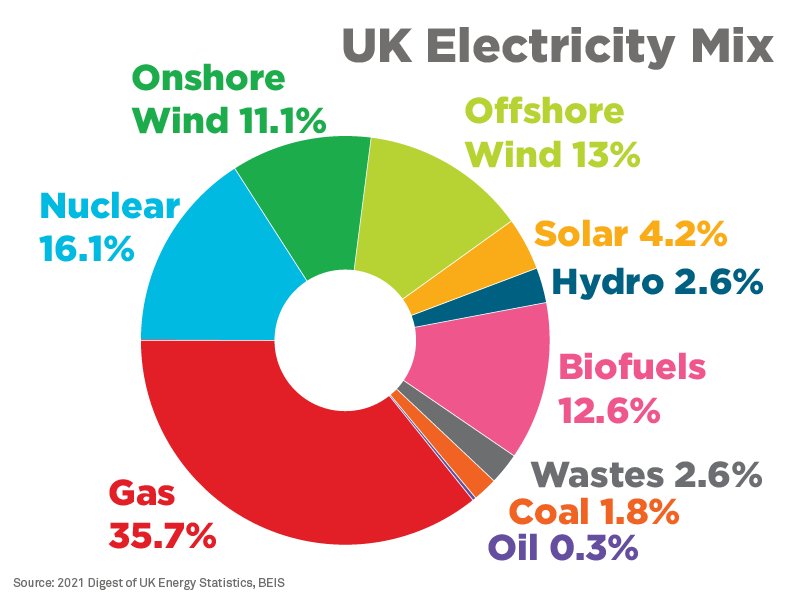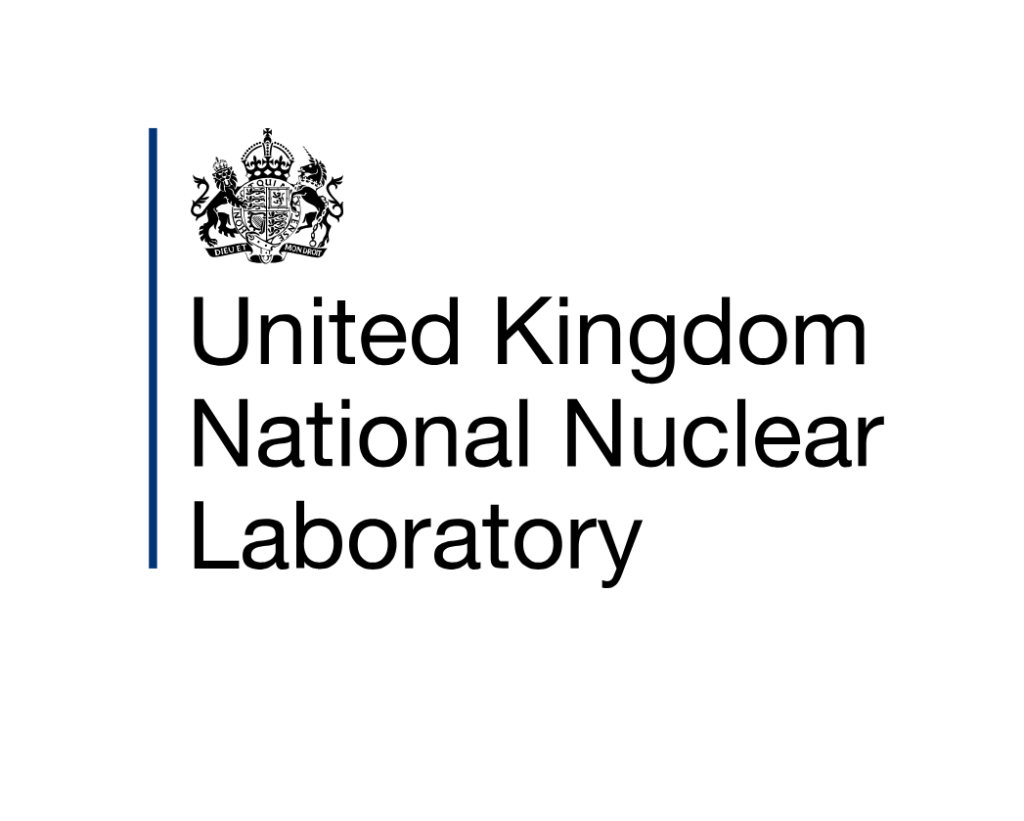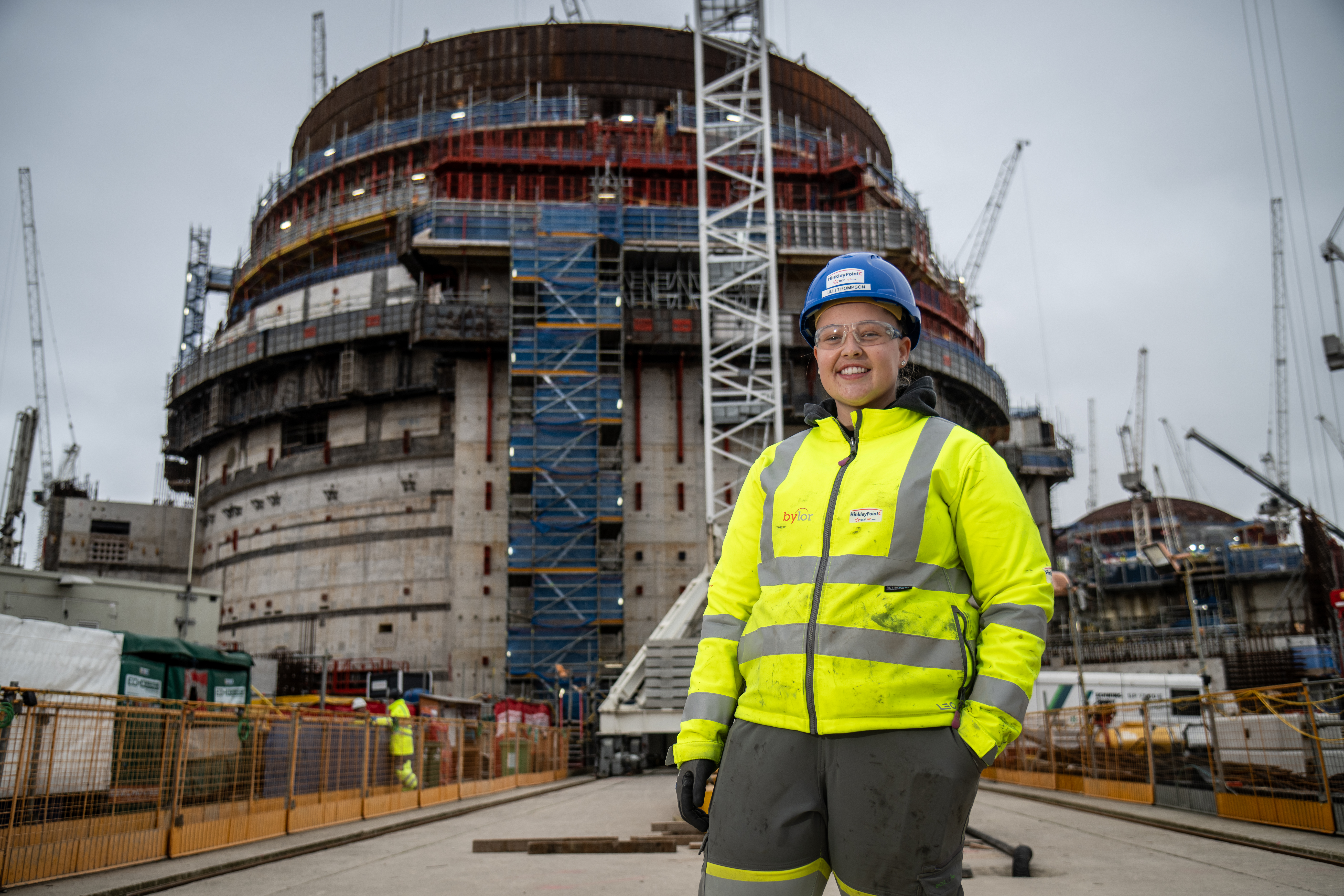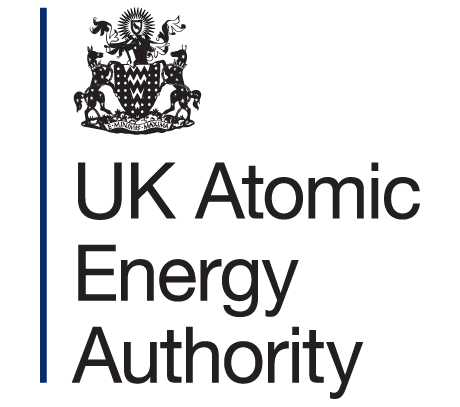The DUKES (Digest of UK Energy Statistics) are out for 2020, and present a superficially reassuring picture. Coal use is down, wind is up, and renewable generation has overtaken fossil fuels for the first time, although nuclear generation fell slightly.
A decent picture I hear you say. But all is not what it seems. The pandemic drove down electricity generation nearly 5%, so we didn’t need to burn extra gas to cover extra demand. We won’t get that for 2021, and we certainly won’t going forward. Already, 2021 is seeing a rebound in power demand, and the Climate Change Committee projects that with widespread electrification in transport and elsewhere, power demand will rise 20% in the next decade, and perhaps 50% by 2035. That little boost is a one-off bonus that, hopefully, we won’t see again. We don’t want more lockdowns!
Another caveat is that wind generation was up, but we only added a bit of extra wind capacity in 2020. The extra power we got was mostly from higher wind speeds, and we can’t rely on that from year to year – we have to build more capacity to get more clean power consistently.
The last, and most critical warning, is that nuclear generation will drop away swiftly and will stay low unless we invest urgently in new capacity. Nuclear may rebound this year from 16.1%, but in the medium-term, we are losing capacity as old stations retire, and losing it fast. Of the UK’s 13 generating reactors, four will be gone this time next year, two at Hinkley Point B and two at Hunterston B. By March 2024, four more reactors will go, two at Hartlepool and two at Heysham I. These stations have been the most productive low-carbon assets in British history. They were built decades ago, but even this summer of 2021, they have been the UK’s leading sources of clean power. In short, these old faithful reactors provide clean, always-on power for which we simply have no replacement.
If we leave aside the blip of 2020, the longer-term trend is less encouraging. In 2021, we are burning more gas and coal than we did in 2020. This year looks to be the first year sine 2012 in which grid carbon intensity has risen rather than fallen. Add in the nuclear retirements, depriving the grid of clean power. And then to top it all off, electricity itself is only a fraction of the energy we use in the UK – about 17%. Overall, almost 80% of the UK’s primary energy comes from fossil fuels.
We don’t just need the power to clean up the grid: we need it for new fleets of electric vehicles, clean hydrogen production, synthetic fuels and clean home heating solutions. Clean electricity is the essential foundation of our decarbonisation. If we can’t that right, we can’t meet our climate goals.
So, what can we do? On this, the wind, solar and nuclear industries are agreed: we need to build more wind capacity, more solar capacity and more nuclear capacity. We are fighting the battle for our generation and our children’s future, so we need to use every technology that we can. Already, countries like France and Sweden that do renewables and nuclear lead the pack, and countries like Germany that have tried to go green without nuclear are falling behind.
For nuclear, this means the Government bringing forward a financing model for new projects this autumn, within months if not weeks. This is the key to mobilising the investment we need to get building and cutting costs dramatically to ensure competitive solutions. Simply put, if we don’t have financing, we don’t have much. But if we get it, we can get Sizewell C over the line. We can push further large-scale development at other sites across the country. We can start with the fleet deployment of SMRs and bring AMRs to commercial readiness.
So, when someone tells you the stats show that nuclear is on the way out, and that’s fine, don’t believe them. Nuclear is only on the way out if our climate ambitions are on the way out as well. If nuclear is in, alongside wind and solar, then we have a fighting chance – and we have to start fighting now.











